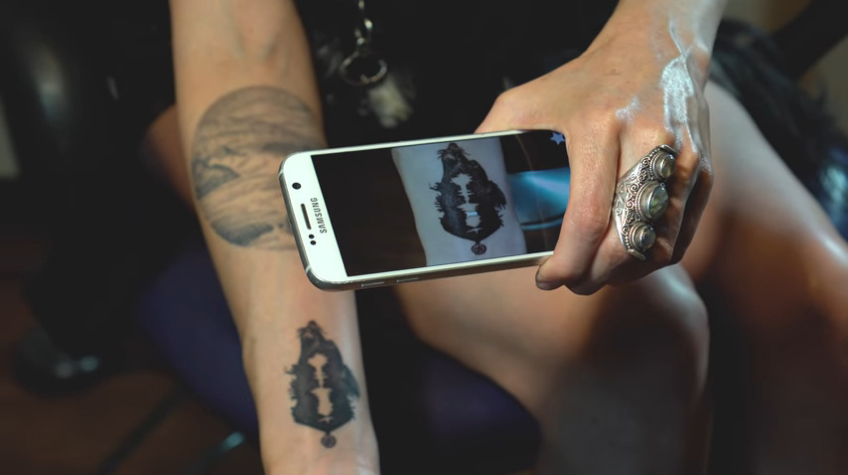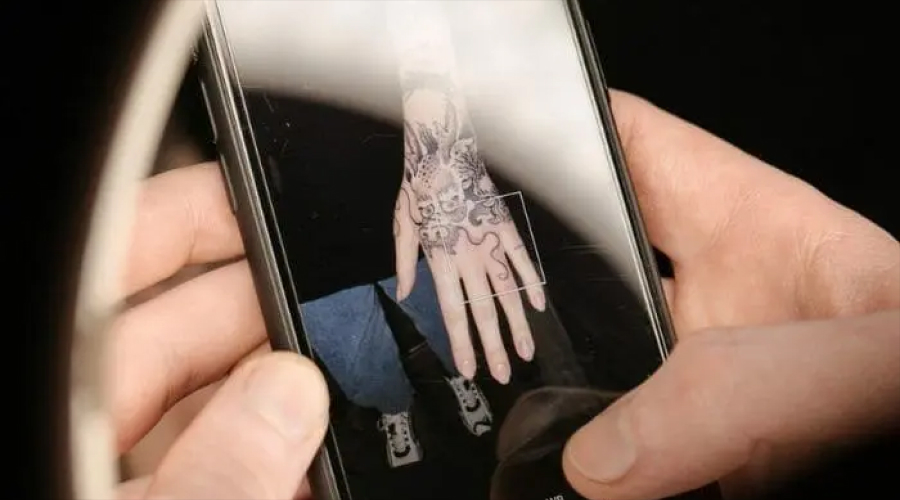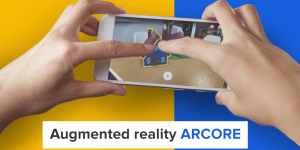
Tattoos have been a form of self expression for centuries, from their ancient origins to widespread popularity in modern society. Traditionally, these tattoos are permanent works of art that are inked into the skin to convey a range of personal meanings or aesthetic choices.
However, a new form of tattoo artwork has emerged, one that is beyond the physical form which is augmented reality (AR) tattoos. They are an advanced fusion of technology and body art is creating exciting possibilities that allow tattoos to transcend their traditional role as static and permanent designs.
The Intersection of Art and Technology
Augmented Reality is a form of technology that overlays digital information including images, sounds and videos in the real world in real time. Users experience this digital layer as if it were integrated into their everyday world through hardware such as smartphones, tablets or AR glasses. Tattoo artists and technologists in recent years have started investigating ways in which AR can be used to amplify the traditional tattoo designing artwork that lives when viewed through an AR device.
An AR tattoo is a regular tattoo in appearance but is activated by AR software, users are able to view an animated or interactive copy of the design when viewed with an AR application or a camera. The tattoos can show 3D models, animation or even audio upon activation by the AR platforms. Although the tattoo itself continues to be marked into the skin, it becomes the portal to a new, virtual level of engagement, revolutionizing the manner in which individuals interact with their tattoos.
How Augmented Reality Tattoos Work

Fundamentally, an AR tattoo is not that much different from a regular tattoo in practice. The artist applies ink to the skin to create a design, and it stays there forever. The AR tattoos occur when they are scanned using an augmented reality app. With a tablet or smartphone, the user can scan the tattoo and watch as it comes to life on his screen.
AR tattoo can be basic animations or intricate interactive elements. For example, a flower tattoo could open and blossom into an animated full bloom when scanned through an AR app. Or, a geometric pattern could change shape and move around, showing off concealed layers of the design.
This extra level of interaction adds another level to the tattoo, elevating its significance or merely delivering an amusing visual experience. However, for those who want to remove or alter a tattoo and want to get a new tattoo inked after checking it on AR, finding the best NYC, NY laser tattoo removal services could be essential to ensure safe and effective removal. So that you can ink a new AR tattoo.
The Technological Challenge
Although there is increasing hype over AR tattoos, there are still certain challenges that must be addressed for them to become mainstream. The technology itself remains in the process of development and there are certain limitations to the devices on which these tattoos can be viewed.
Nowadays, smartphones and tablets are the most popular devices for AR tattoo viewing but they also have their own limitations like the requirement of a stable internet connection or the necessity of special apps to view the content.
Further, the development of AR tattoos calls for a strong technical proficiency from both the AR developer and tattoo artist. The tattoo artist does not only have to be well versed in their art, but they must also know how to create tattoos that are AR compatible.
This involves taking into consideration how the tattoo will play with the device of the viewer, making sure that the virtual components match well with the real-world design.
The Future of Augmented Reality Tattoos
Despite the difficulties, the future of augmented reality tattoos looks promising. As the technology becomes more sophisticated and accessible. It is most likely that AR tattoos will become a mainstream trend. More tattoo artists will increasingly start to experiment with this new way of body modification and with better tools and platforms for developing AR tattoos the process will be easier and more accessible.
In the future, we could have tattoos that react to our surroundings. For instance, a tattoo may adapt depending on the weather, the time or where it is being worn. With further advancements in AR technology, tattoos can even interact with other digital experiences like virtual reality or gaming making the experience more interactive and immersive.
In the end, augmented reality tattoos are changing the face of body art. By blending the permanence of traditional tattoos with the creativity and flexibility of digital technology, AR tattoos are presenting a new method for individuals to express themselves, interact with their own art and communicate with the world in new ways.
Conclusion
Augmented reality and tattoos are a revolutionary innovation that holds the potential to transform the tattoo industry in deep and meaningful ways. With unlimited creative potential, the capacity to revise and improve designs over time and the possibility of increased personal expression, AR tattoos are rapidly emerging as a thrilling new frontier in body art.






